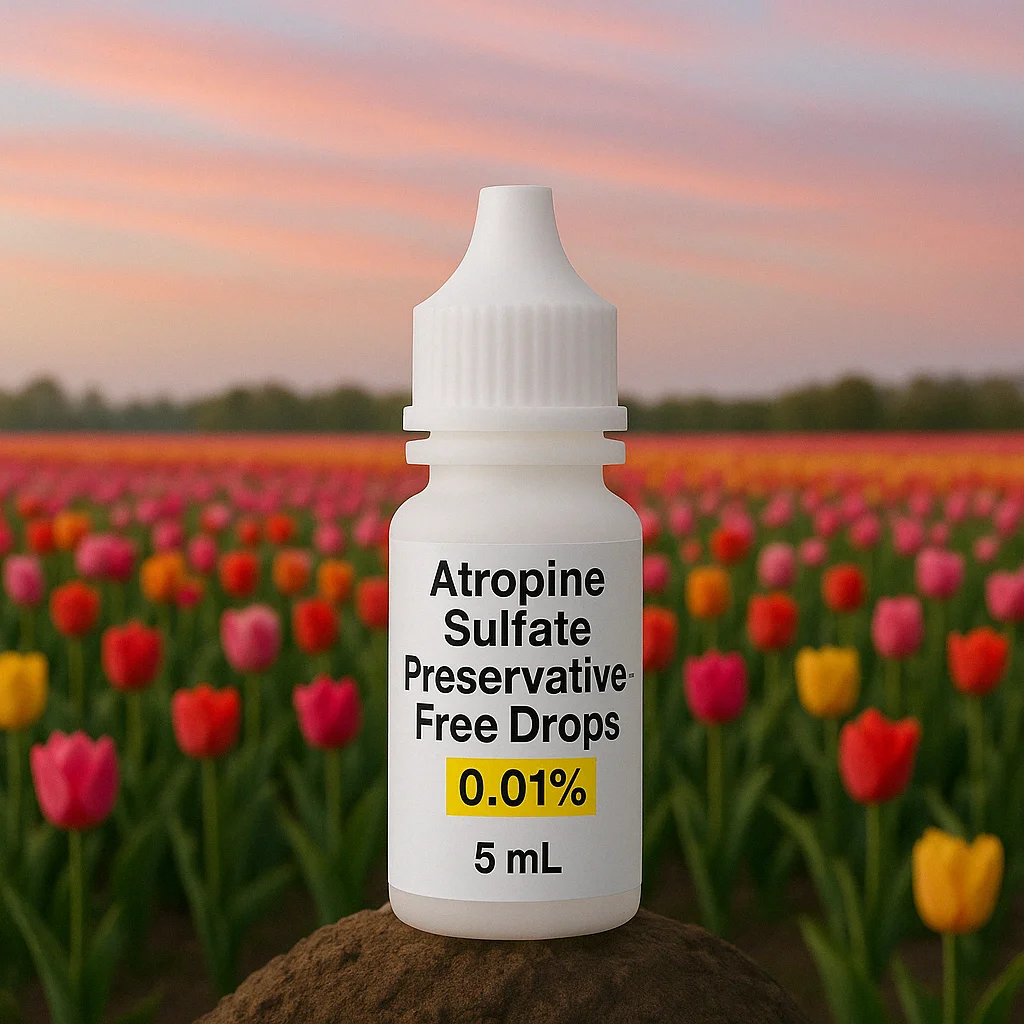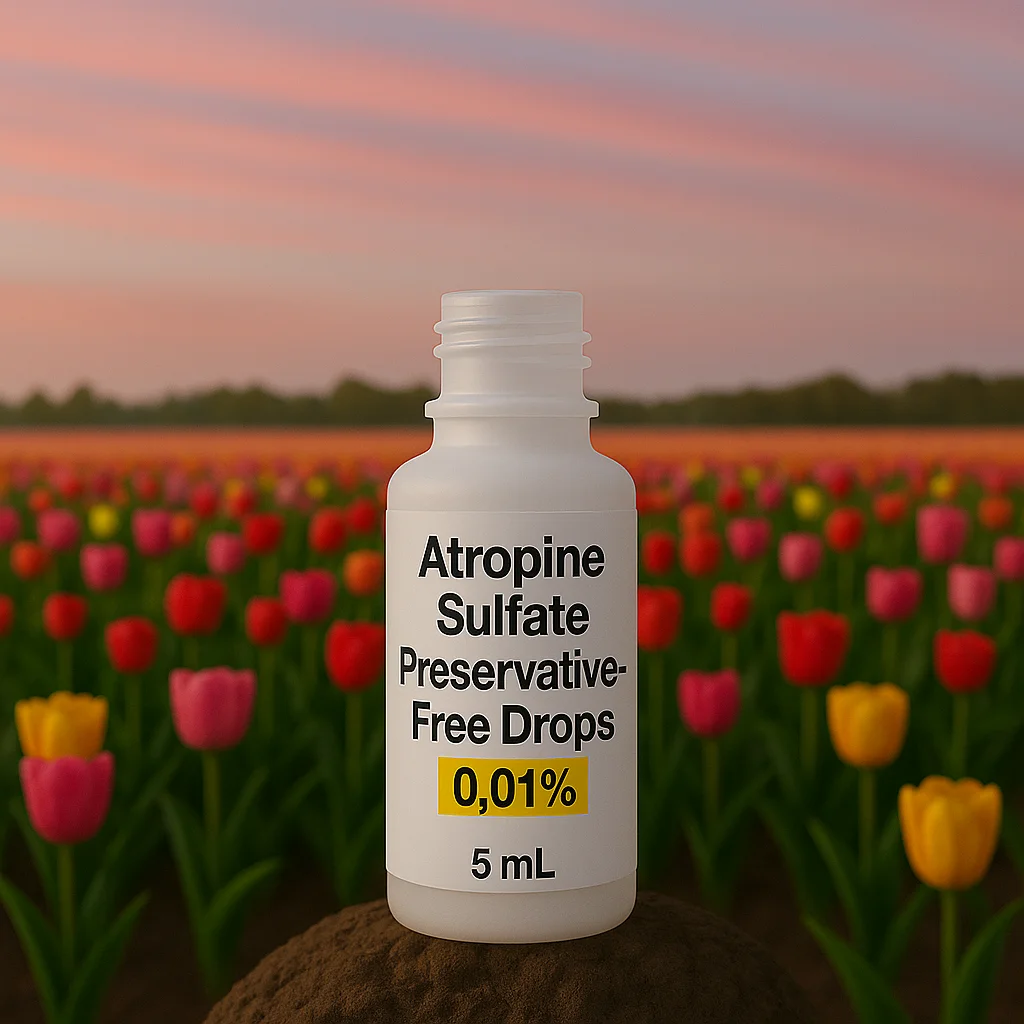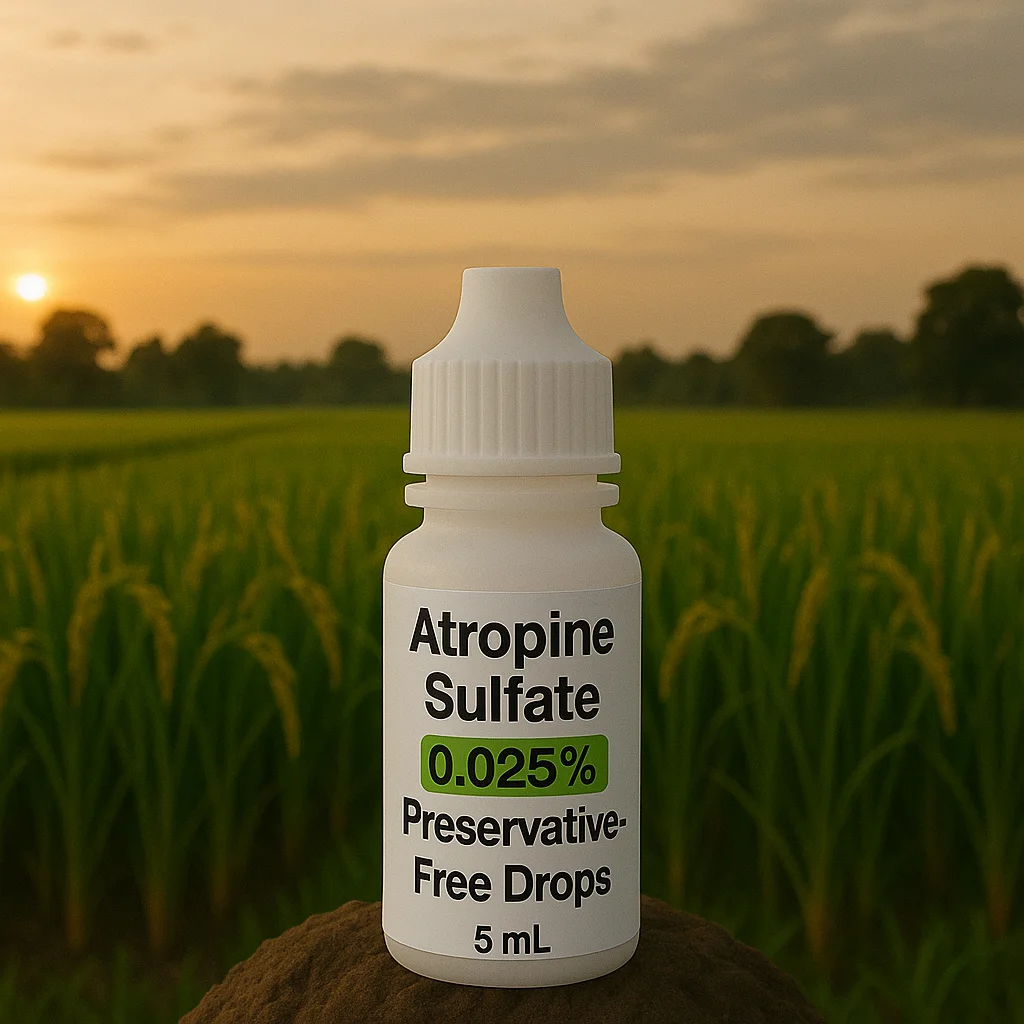Glaucoma: Prevention & Treatment
Understanding glaucoma and modern treatment options to protect your vision
What is Glaucoma?
Glaucoma is a group of eye diseases that damage the optic nerve, often due to elevated intraocular pressure (IOP). It's one of the leading causes of irreversible blindness worldwide. The condition typically progresses slowly and painlessly, often without noticeable symptoms until significant vision loss has occurred.
Early detection and treatment are crucial because vision loss from glaucoma cannot be recovered. Regular eye exams are essential, especially for those at higher risk, including people over 60, African Americans over 40, and individuals with a family history of glaucoma.
Types of Glaucoma
Open-Angle Glaucoma
The most common form, accounting for about 90% of cases. The drainage angle remains open, but the trabecular meshwork becomes less efficient over time, leading to gradual IOP elevation. Often called the "silent thief of sight" because it has no early warning signs.
Angle-Closure Glaucoma
Occurs when the iris blocks the drainage angle, causing a rapid increase in eye pressure. This is a medical emergency requiring immediate treatment. Symptoms include severe eye pain, headache, blurred vision, and seeing halos around lights.
Normal-Tension Glaucoma
Optic nerve damage occurs despite normal eye pressure. This type may be related to reduced blood flow to the optic nerve. It's more common in people of Japanese descent and those with a history of cardiovascular disease.
Treatment Options
The primary goal of glaucoma treatment is to lower intraocular pressure to a level that prevents further optic nerve damage. This is typically achieved through eye drops, laser treatment, or surgery. Most patients begin with medication, which can effectively control IOP when used consistently.
Prostaglandin Analogs
Increase the outflow of fluid from the eye. Usually taken once daily at bedtime. Examples include bimatoprost (found in our Tim-Bim and Tim-Dor-Bim formulations).
Beta Blockers
Reduce fluid production in the eye. Timolol is commonly used and found in several of our combination formulations. Typically used once or twice daily.
Alpha Agonists
Work by both reducing fluid production and increasing drainage. Brimonidine is available in our Brim-Dor combination drops. Used 2-3 times daily.
Carbonic Anhydrase Inhibitors
Decrease fluid production by inhibiting the enzyme carbonic anhydrase. Dorzolamide is included in our Brim-Dor and Tim-Dor-Bim combinations. Typically used 2-3 times daily.
Benefits of Combination Therapy
Why Use Combination Eye Drops?
Many glaucoma patients require multiple medications to adequately control their eye pressure. Combination eye drops offer several advantages over using separate medications:
- Fewer drops: Reduce from 4-6 drops per day to just 2-3
- Better compliance: Simpler regimens improve adherence to treatment
- Cost-effective: One bottle instead of multiple medications
- Less preservative exposure: Reduced risk of surface toxicity
Risk Factors for Glaucoma
Age over 60
Family history of glaucoma
African, Hispanic, or Asian descent
High eye pressure (IOP)
Thin corneas
Extreme nearsightedness or farsightedness
Previous eye injury or surgery
Long-term corticosteroid use
Diabetes, heart disease, or high blood pressure
Central corneal thickness
Importance of Regular Monitoring
Glaucoma is a chronic condition that requires lifelong management. Regular follow-up appointments with your eye care professional are essential to:
- Monitor intraocular pressure and ensure it's at target levels
- Check for optic nerve changes or progression
- Assess visual field changes
- Adjust treatment as needed
Protect Your Vision
Have questions about glaucoma management or our combination therapy options?
Contact Our Team


